One of the most delightful sights each autumn is the soaring vee-formations of migratory birds. This natural phenomenon is so prolific that it has become immortalized in metaphor—the term “snowbirds” denotes Americans who travel from the cold north to the warm south during the winter.
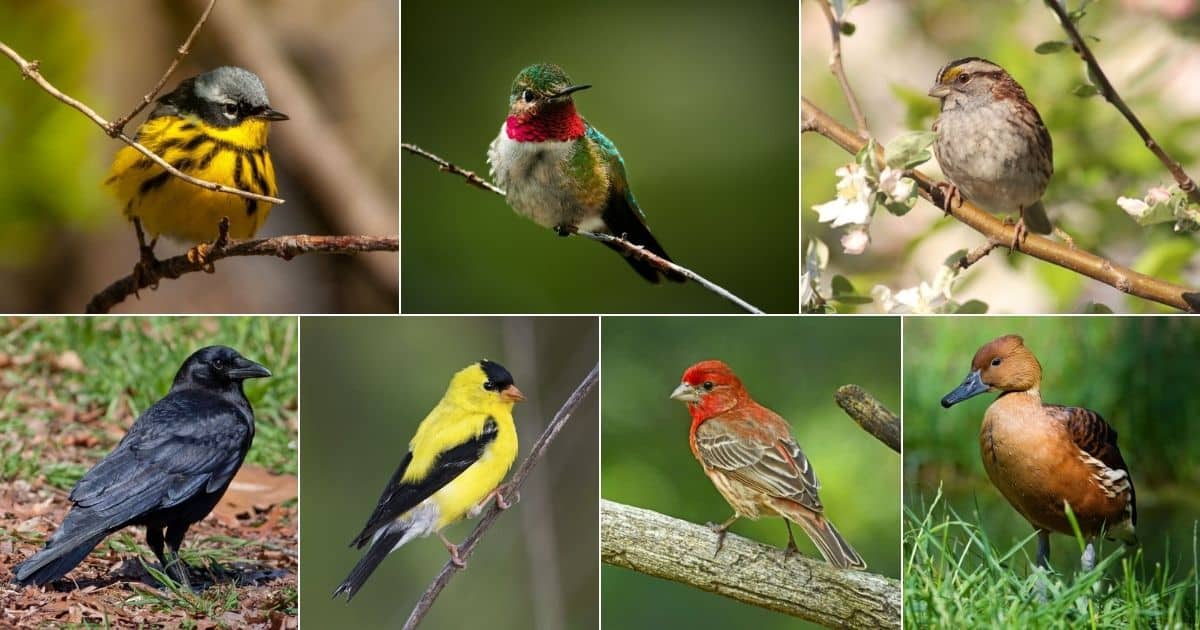
If you want to know the birds behind the metaphor, though, this is the article for you. Here, we’ll break down which birds fly south for the winter.
Contents
1. American Goldfinch
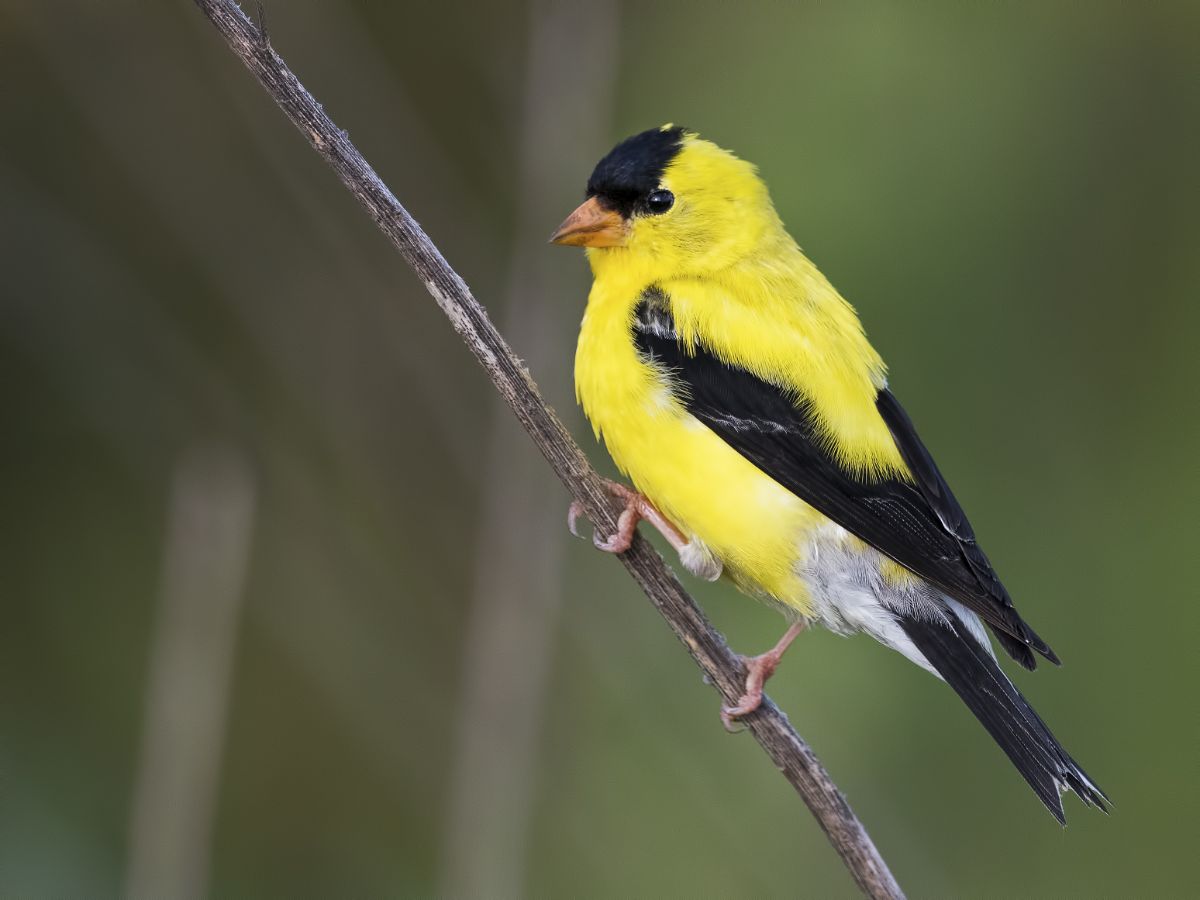
Scientific name: Spinus tristis
Length: 4.3–5.5 inches (11- 14 centimeters)
Weight: 0.39-0.71 ounces (11-20 grams)
Wingspan: 7.5-8.7 inches (19-22 centimeters)
The first bird on our list is the American goldfinch, a remarkably beautiful bird that flashes its gold-and-black plumage from its habitat in the northern U.S. and Canada to the South and Mexico.
2. American Crows
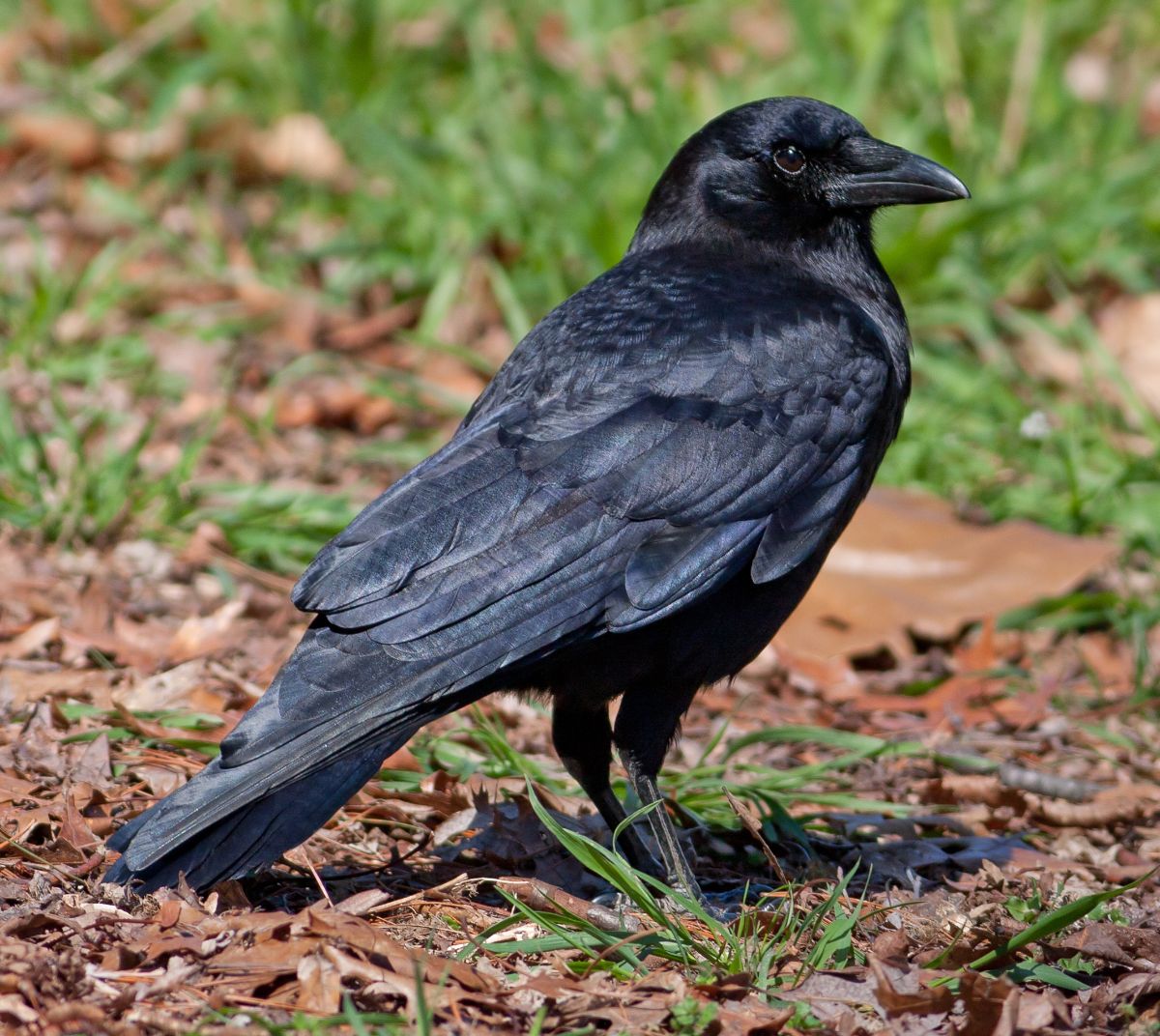
Scientific name: Corvus brachyrhynchos
Length: 15.8-20.9 inches (40-53 centimeters)
Weight: 11.2-21.9 ounces (316-620 grams)
Wingspan: 33.5-39.4 inches (85-100 centimeters)
The American crow, one of the smartest birds in the animal kingdom, boasts a great capacity for using tools. In addition, American crows are partially migratory: some populations migrate south for the winter, while many remain in place.
3. Yellow-rumped Warbler
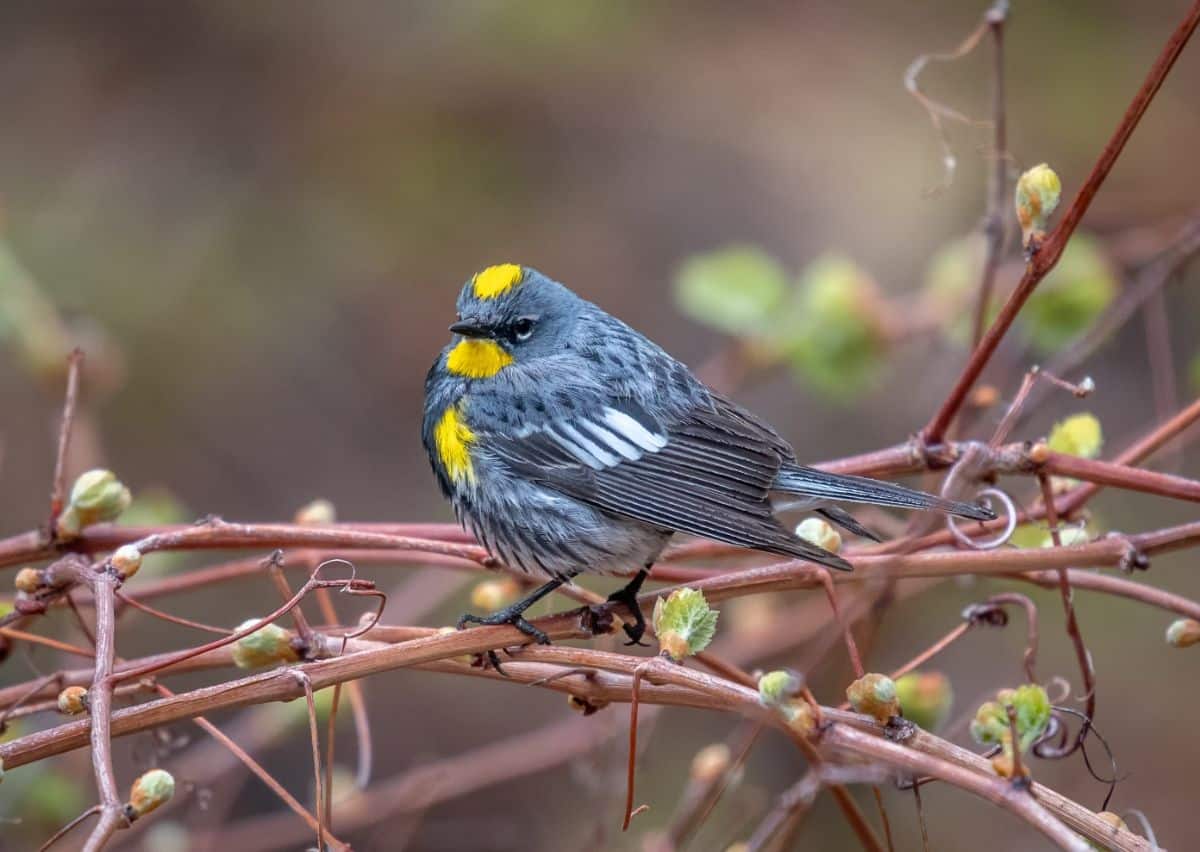
Scientific name: Setophaga coronata
Length: 4.7-5.9 inches (12-15 cm)
Weight: 12-13 grams (0.4-0.5 ounces)
Wingspan: 7.5-9.4 inches (19-24 centimeters)
The yellow-rumped warbler is a delightful little round bird with a splotch of yellow color. It’s also a prolific migrator, living as far north as Alaska and migrating as far south as Panama.
4. Baltimore Oriole
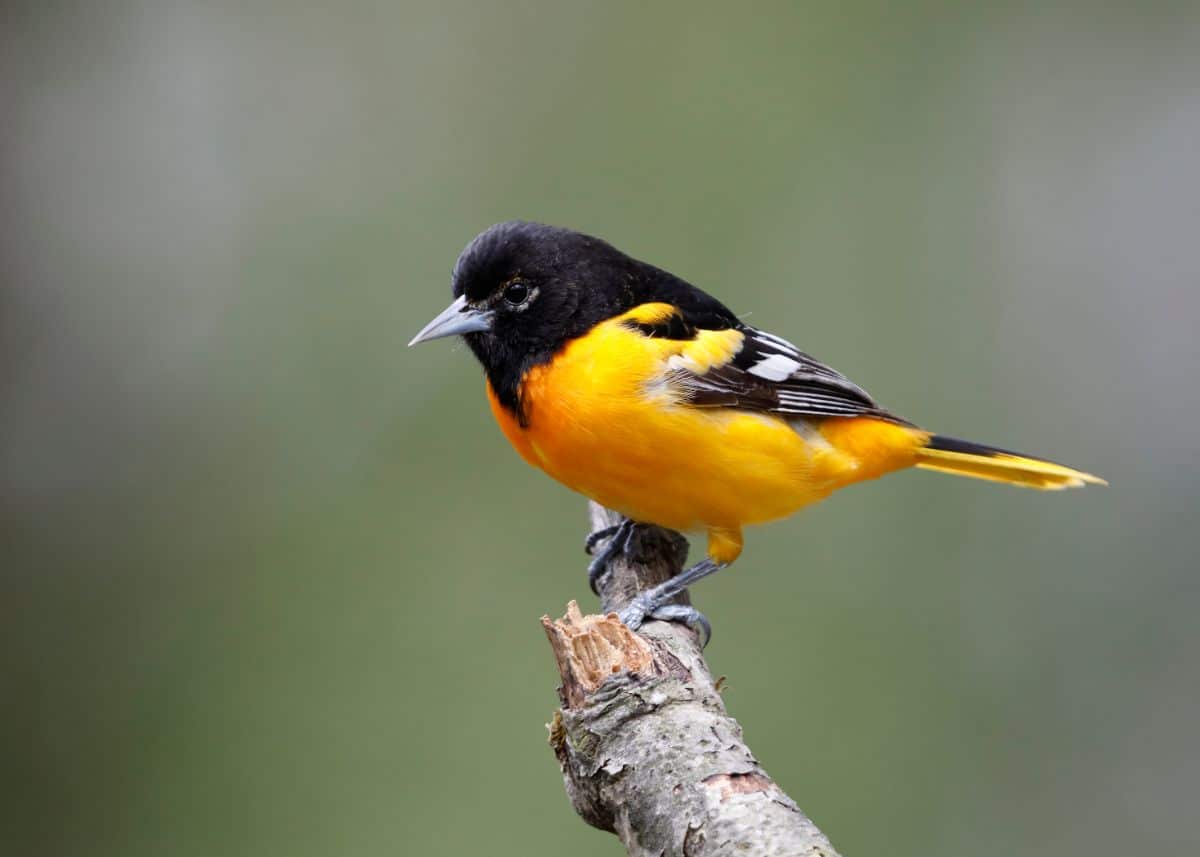
Scientific name: Icterus galbula
Length: 6.7-7.5 in (17-19 cm)
Weight: 1.1-1.4 oz (30-40 g)
Wingspan: 9.1-11.8 in (23-30 cm)
The namesake of the (relatively unaccomplished) baseball team of the same name, the Baltimore Oriole, is a small blackbird that brims with golden-macaroni plumage. The spends its springs and summers in North America and then winters in the Caribbean, South America, and Florida.
5. Purple Martin
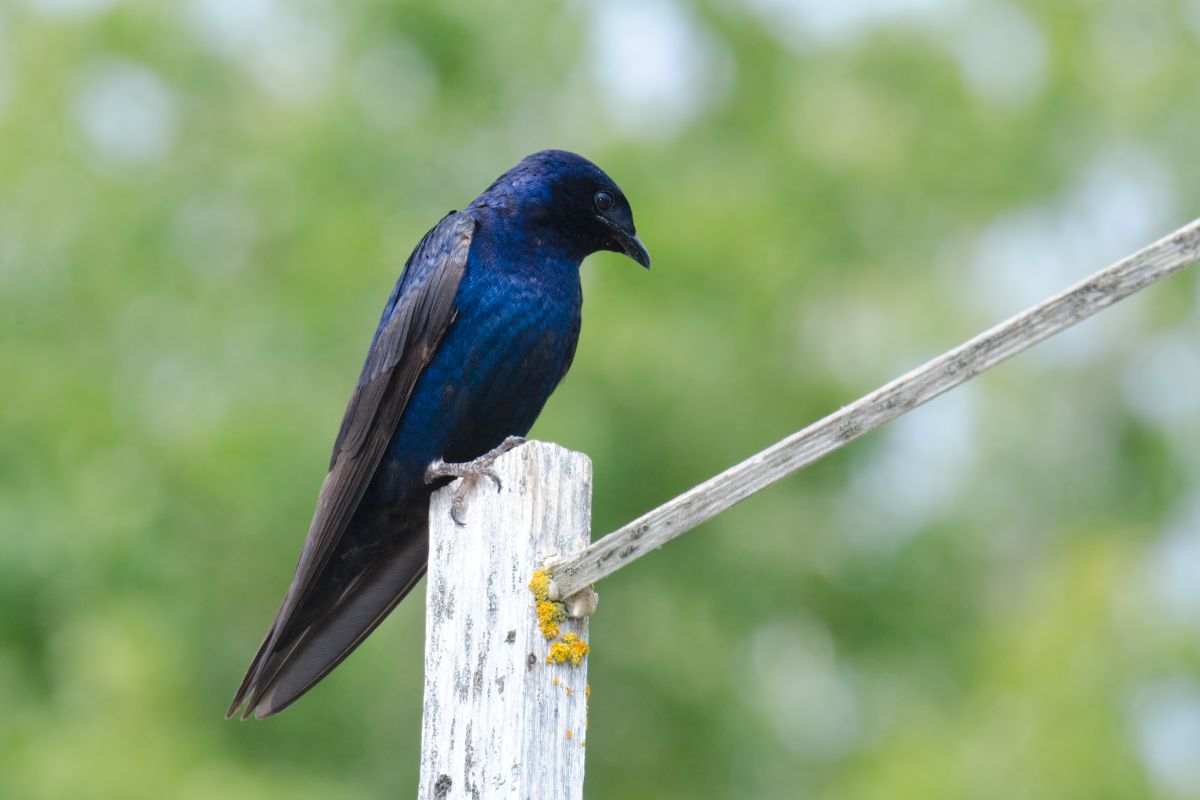
Scientific name: Progne subis
Length: 7.5-7.9 in (19-20 cm)
Weight: 1.6-2.1 oz (45-60 g)
Wingspan: 15.3-16.1 in (39-41 cm)
Purple martins spend most of their warm weather time in the eastern half of the United States, migrating diagonally across South America to winter.
6. White-throated Sparrow
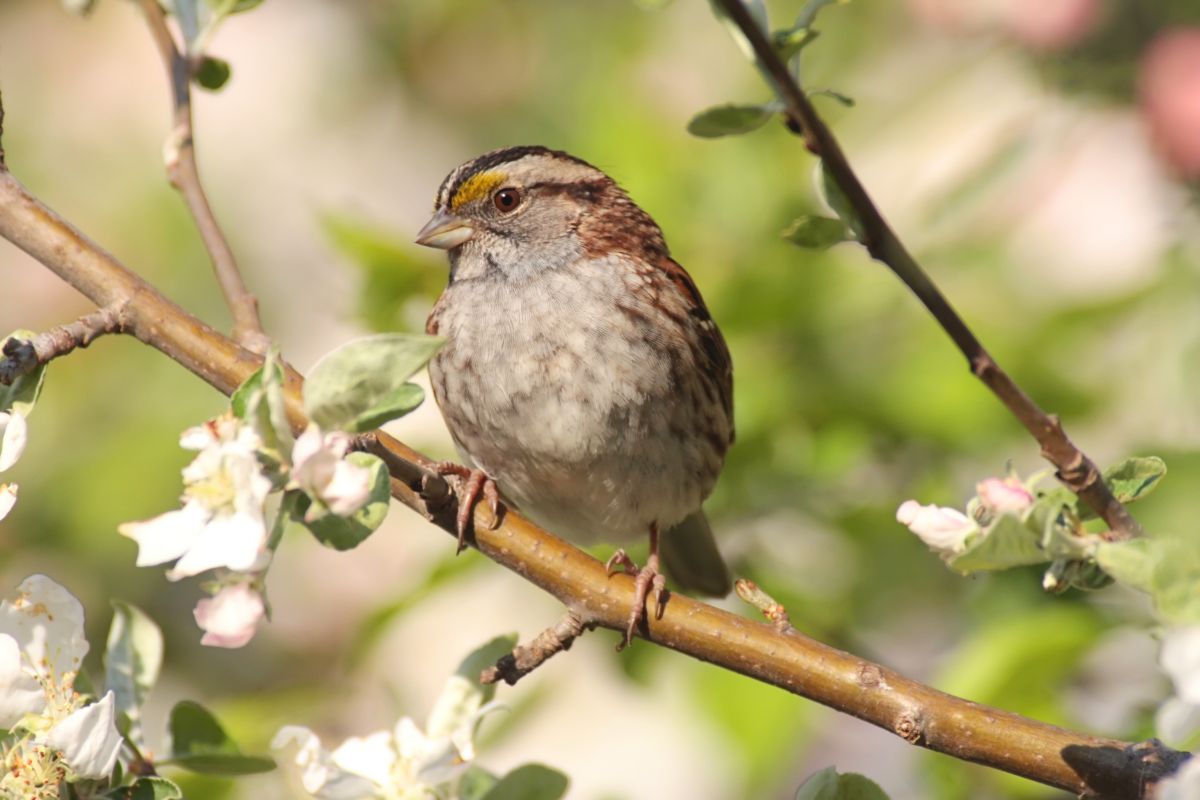
Scientific name: Zonotrichia albicollis
Length: 6.3-7.1 in (16-18 cm)
Weight: 0.8-1.1 oz (22-32 g)
Wingspan: 7.9-9.1 in (20-23 cm)
Relative to other migratory birds, the elegant white-throated sparrow is quite resilient to the cold. It spends its breeding period in Canada, migrating across the Great Plains to the southern United States for the winter.
7. Ruby-throated Hummingbird
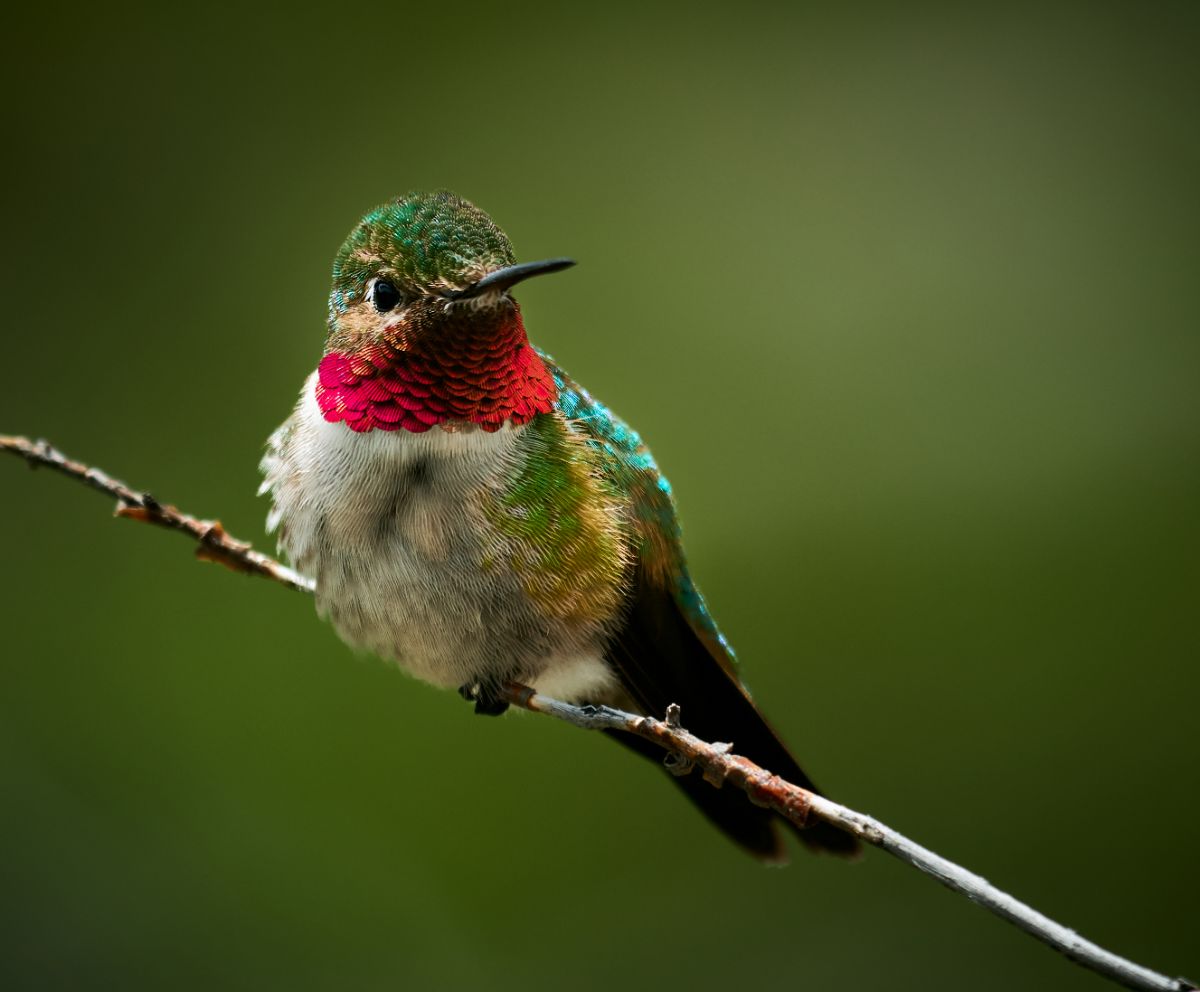
Scientific name: Archilochus colubris
Length: 2.8-3.5 in (7-9 cm)
Weight: 0.1-0.2 oz (2-6 g)
Wingspan: 3.1-4.3 in (8-11 cm)
Bird lovers everywhere are in luck when it comes to the ruby-throated hummingbird because the beautiful bird takes a wide flight path during its migration, flying from the East Coast through Tornado Alley and Cuba and settling in Central America.
8. House Finch
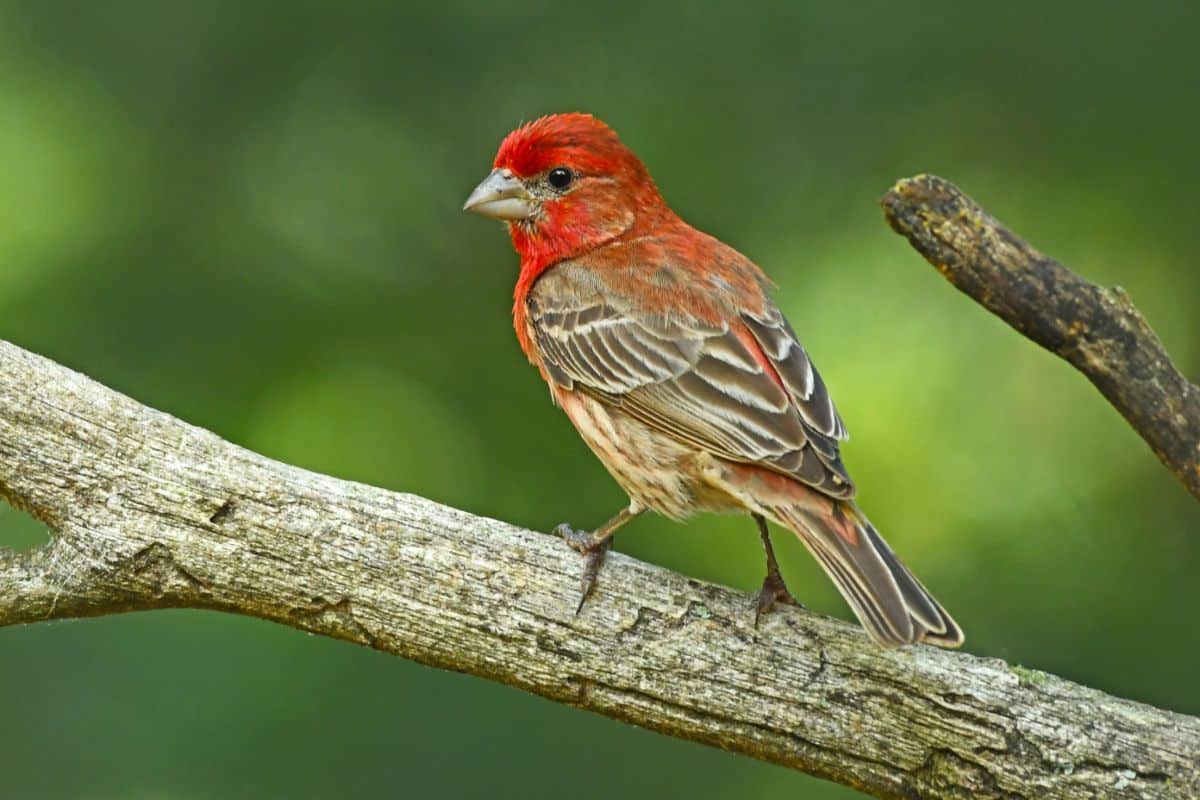
Scientific name: Haemorhous mexicanus
Length: 5.1-5.5 in (13-14 cm)
Weight: 0.6-0.9 oz (16-27 g)
Wingspan: 7.9-9.8 in (20-25 cm)
House finches, like American goldfinches, are short-term migrants. This means that the birds, which live throughout the continental U.S., migrate relatively close during the winter.
9. Fulvous Whistling Duck
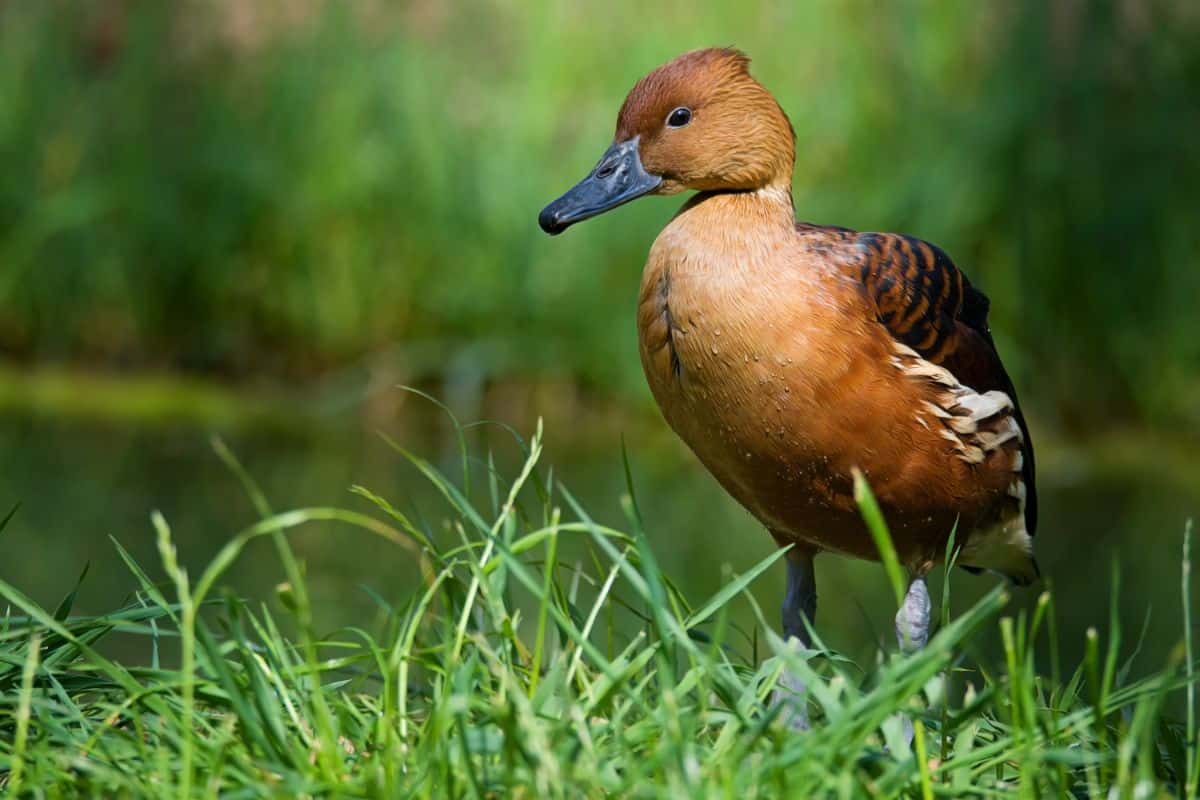
Scientific name: Dendrocygna bicolor
Length: 18-21 in (45-53 cm)
Weight: 26.4-37 oz (748-1050 g) males; 25.1-35.3 (712-1000 g) females
Wingspan: 33.46-36.6 in (85-93 cm)
The fulvous whistling duck, noteworthy both for its namesake whistle and its sky-blue feet, spends its regular time in the coasts of Mexico, the east coast of Florida, and other habitats in the Caribbean but migrates to Texas and the Bahas to breed.
10. Ruddy Duck
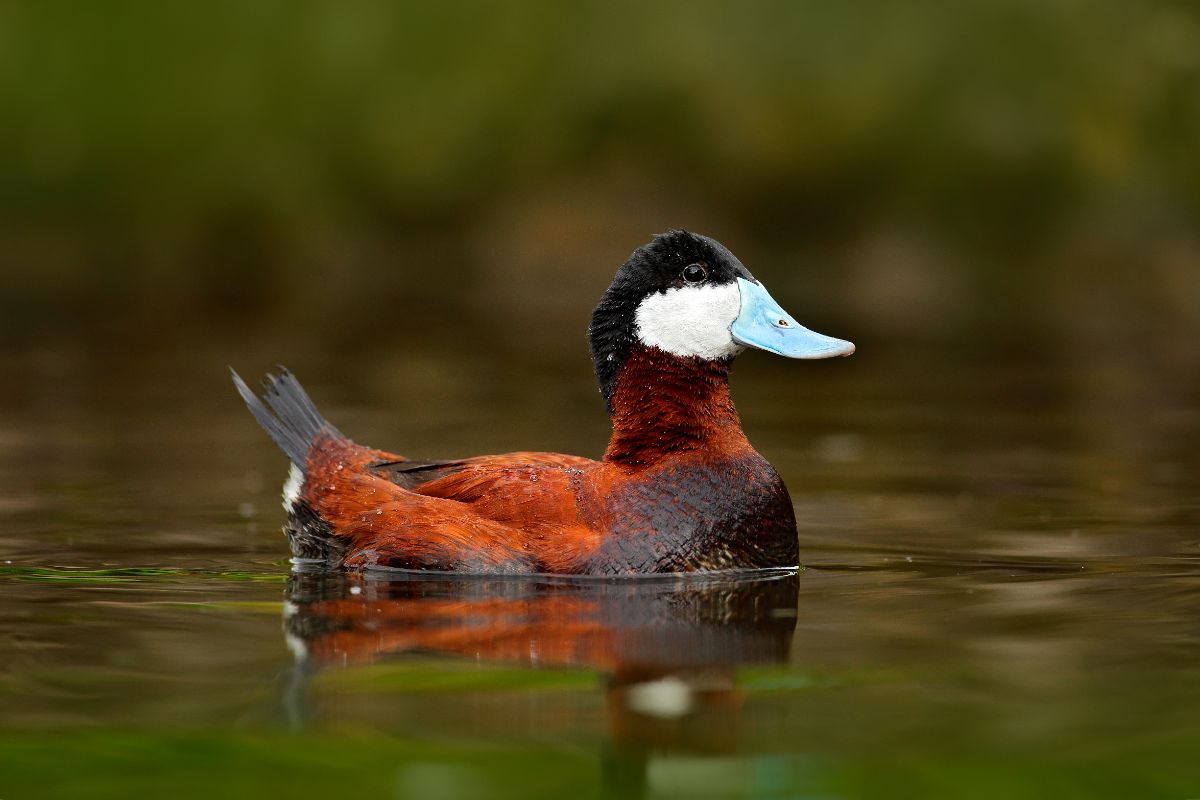
Scientific name: Oxyura jamaicensis
Length: 13.8-16.9 in (35-43 cm)
Weight: 10.6-30.0 oz (300-850 g)
Wingspan: 22.1-24.4 in (56-62 cm)
The ruddy duck, recognizable by its beautiful blue beak, is a jet setter like no other. The ducks are short-distance migrants, moving to the closest warm areas when the cold sets in. While the ducks on the pacific coast of South America remain in that range year-round, ruddy ducks in the Great Plains migrate to the coasts of the Pacific and Gulf of Mexico.
11. Canvasback
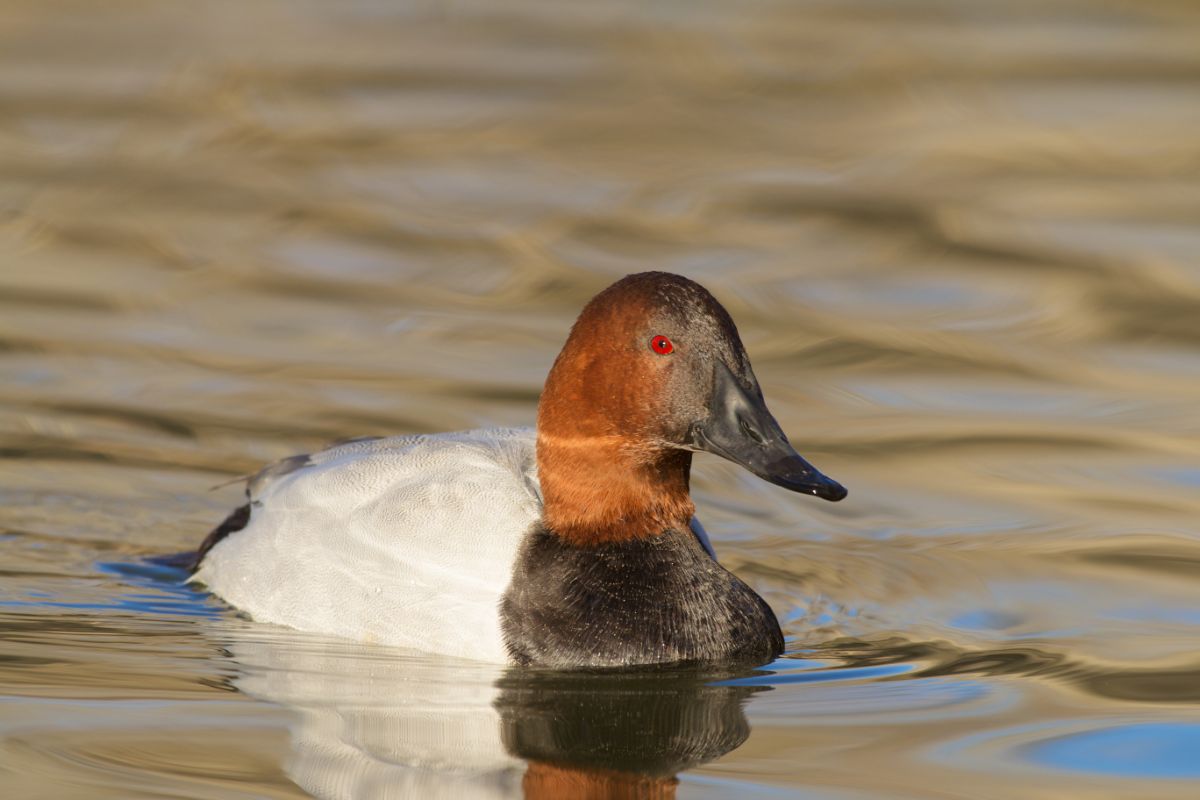
Scientific name: Aythya valisineria
Length: 18.9-22.1 in (48-56 cm)
Weight: 30.4-56.0 oz (862-1588 g)
Wingspan: 31.1-35.0 in (79-89 cm)
Like other ducks, canvasbacks are short-to-medium distance migrators, and those who live in chilly North American areas move to warmer coasts during the winter.
12. Blue Jay
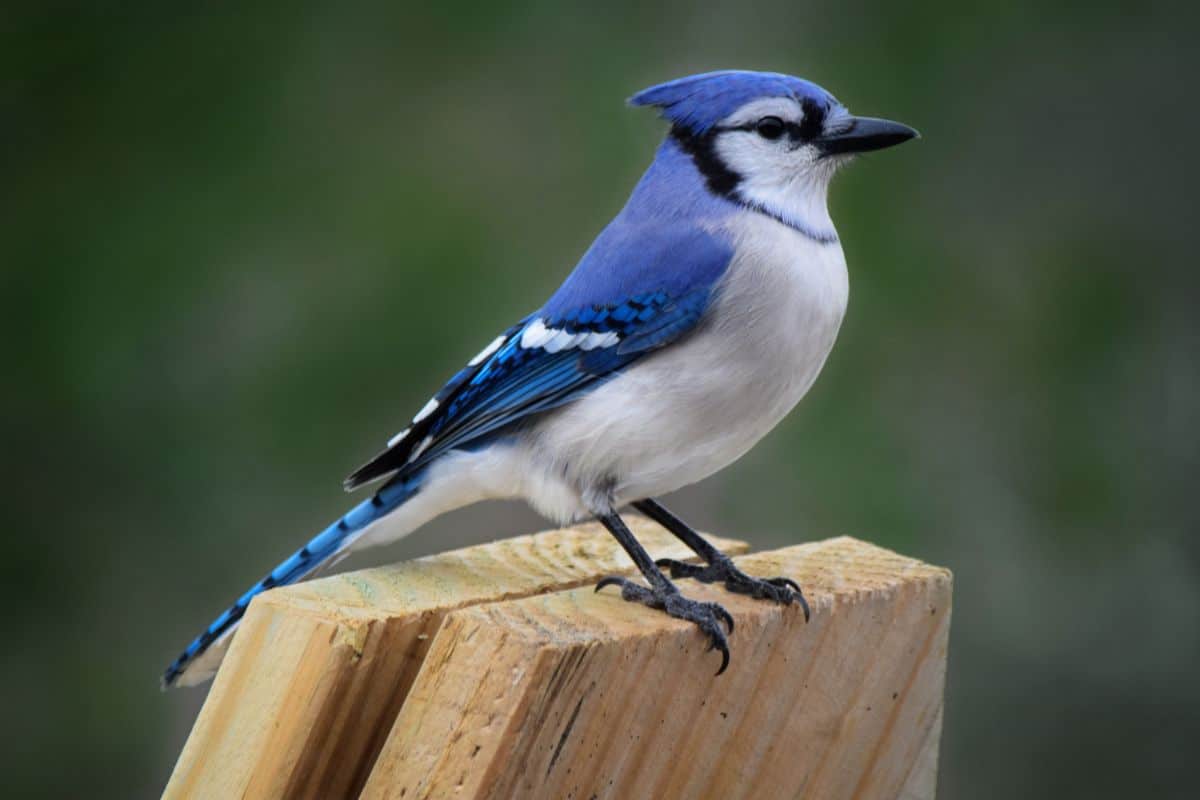
Scientific name: Cyanocitta cristata
Length: 9.8-11.8 in (25-30 cm)
Weight: 2.5-3.5 oz (70-100 g)
Wingspan: 13.4-16.9 in (34-43 cm)
Unfortunately for much of the bird-loving world, the beautiful blue jay is only an occasional migrant, with some traveling west to escape East Coast chills.
13. Magnolia Warbler
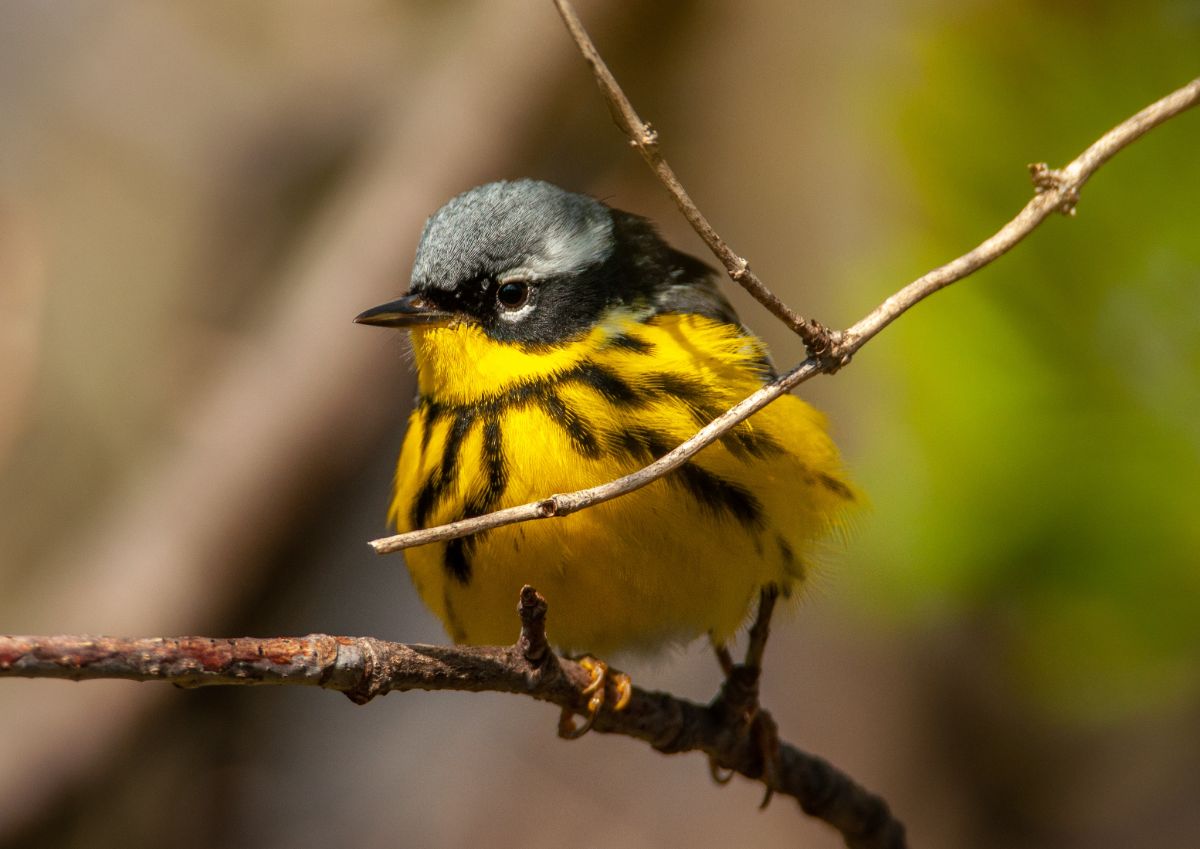
Scientific name: Setophaga magnolia
Length: 4.3-5.1 in (11-13 cm)
Weight: 0.2-0.5 oz (6-15 g)
Wingspan: 6.3-7.9 in (16-20 cm)
This cheetah-like bird is a long-distance migrator, traveling from its breeding grounds in northern Canada through the eastern United States and settling in Central America and the Caribbean for the winter.
Frequently Asked Questions
If you want to go beyond individual birds and learn more about birds that fly south for the winter, check out these frequently asked questions.
What is it called when birds fly south for the winter?
When birds fly south for the winter, they engage in seasonal migration. There are a wide variety of animals that migrate based on breeding and non-breeding seasons, though birds tend to be the most visible since they fly overhead in striking v-formations.
What month do the birds fly south?
Different birds fly south at different times of the year depending on each species’ migratory patterns and breeding habits. Most birds fly south during the autumn, which occurs between mid-September and early December (in the Northern Hemisphere, of course).
When birds fly south for the winter, where do they go?
No two birds have the same migratory patterns, so there is no definitive answer about where a given bird goes when it flies south. That said, any birds take their flight paths into Central America and South America, where warm equatorial climates make it more hospitable for the birds.
Do pigeons fly south for the winter?
While a legion of birds takes flight to soar south for the winter and holiday in Central America, pigeons are a notable exception. These elegant urban avians stay in their regular habitats during the winter months, weathering the cold with grit and determination.
How do geese know how to fly south for the winter?
Despite their arguably garish appearance, geese have incredibly sophisticated biological systems for migrating south. Geese have internal mechanisms like biological clocks that help them note when days get shorter, which helps them know when to take flight. Then, when they do fly south, they use a combination of personal experience and internal magnetic compasses to navigate to warmer climes.
Conclusion
Now, dear reader, you know just about everything there is to know about which birds fly south for the winter. Whether you love the humble goose, the delightful goldfinch, or the bombastic Baltimore oriole, there is so very much to enjoy about migratory birds. So now that you know what they look out for, it’s time to go out and do some birding!
